Zambia is a vast territory, for some time now not controlled by local tribal groups. After independence and subsequent changes, the administration of the territory was entrusted to ten provinces (Central, Copperbelt, Eastern, Luapula, Lusaka, Muchinga, North, North-West, South and West) but not all the capitals can actually be called “cities”. The only real cities in Zambia are the capital Lusaka, Kitwe, Ndola and Chipata. However, some smaller towns enjoy a certain importance, also given by the natural beauties in the surroundings and by the tourism that crowds them. Among these, of course, there is Livingstone, the “city of waterfalls”.
Lusaka, the capital
Lusaka is the name of a historical tribal chief. And with this name the most important village in the area was baptized before the arrival of European settlers. It was the British who took possession of the region in the early 20th century, founding the colony of Northern Rhodesia (at the time with Livingstone as its capital). Soon, however, the center of administration moved to Lusaka, due to its central location.
Since then, the village has begun to grow, thanks to the lively political, commercial and cultural life. In 1964, when Northern Rhodesia gained independence as Zambia, Lusaka was automatically the national capital. Today the capital has 1.5 million inhabitants and is the most populated city in the state. The main street, Cairo Road, is the heart of the city’s social life with shops, schools, markets and the palaces of political power.
Monuments of Lusaka are: the Statue of Liberty, the Cathedral of the Holy Cross, the Parliament building, the Botanical Gardens. Lusaka is rich in cultural centers and has numerous museums, among which the most interesting is the Zintu Museum. The international airport and the largest station in Zambia are the main transport hubs, here.
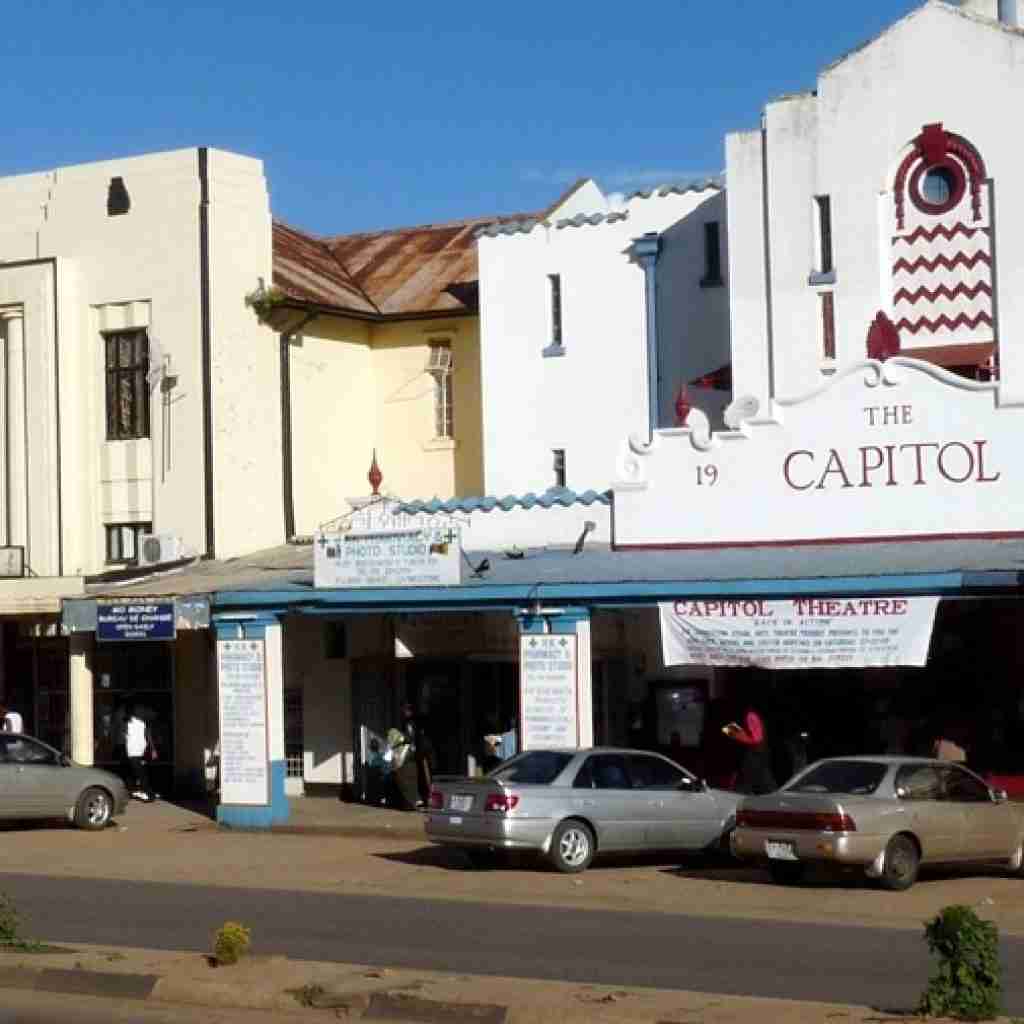
Livingstone and the waterfalls
Livingstone is not among the largest cities in Zambia but it is one of the best known internationally. This is because it is located a few kilometers from Victoria Falls which are the main tourist attraction in the area. With just 140,000 inhabitants, Livingstone is the capital of the South Province and bears the name of the famous Scottish explorer thanks to whom much of central-southern Africa is known today.
Livingstone was the capital of the Northern Rhodesia colony from 1911 to 1935. From that period it preserves several colonial buildings and a museum, the Livingstone Museum, which collects the historical and naturalistic testimonies of the region and of the whole of Zambia. Of course, in addition to the famous Victoria Falls, there is a lot of wild nature to admire in the surroundings: the Crocodile Park and the Mosi-oa-Tunya Park are destinations you must not miss. You can get to Livingstone via the local international airport.
Other cities of Zambia
After the capital Lusaka, the other largest cities in the nation are Kitwe, Ndola and Chipata.
Kitwe (500,000 inhabitants) is located in central Zambia, in the Copperbelt Province which – as the name suggests – lives thanks to the luck of the many copper mines. The city is also famous for the processing of precious stones, such as emeralds. To visit here: the large market of Kitwe, the lake of the Mindolo Dam, the protected Birds Sanctuary of Chembe.
Ndola is the third largest city in the country with 455,000 inhabitants and is also the capital of the Copperbelt mining province. A lively town but also rich in culture, it offers various tourist itineraries to discover the Copper Museum, the Slaves Tree, the Polish Refugee Memorial (dedicated to European Jewish refugees from World War 2 who found asylum in the heart of Africa!).
Chipata counts 450,000 inhabitants and is made up of four towns that function as a single urban area. The main attraction of its territory is the South Luangwa National Park where many elephants live.
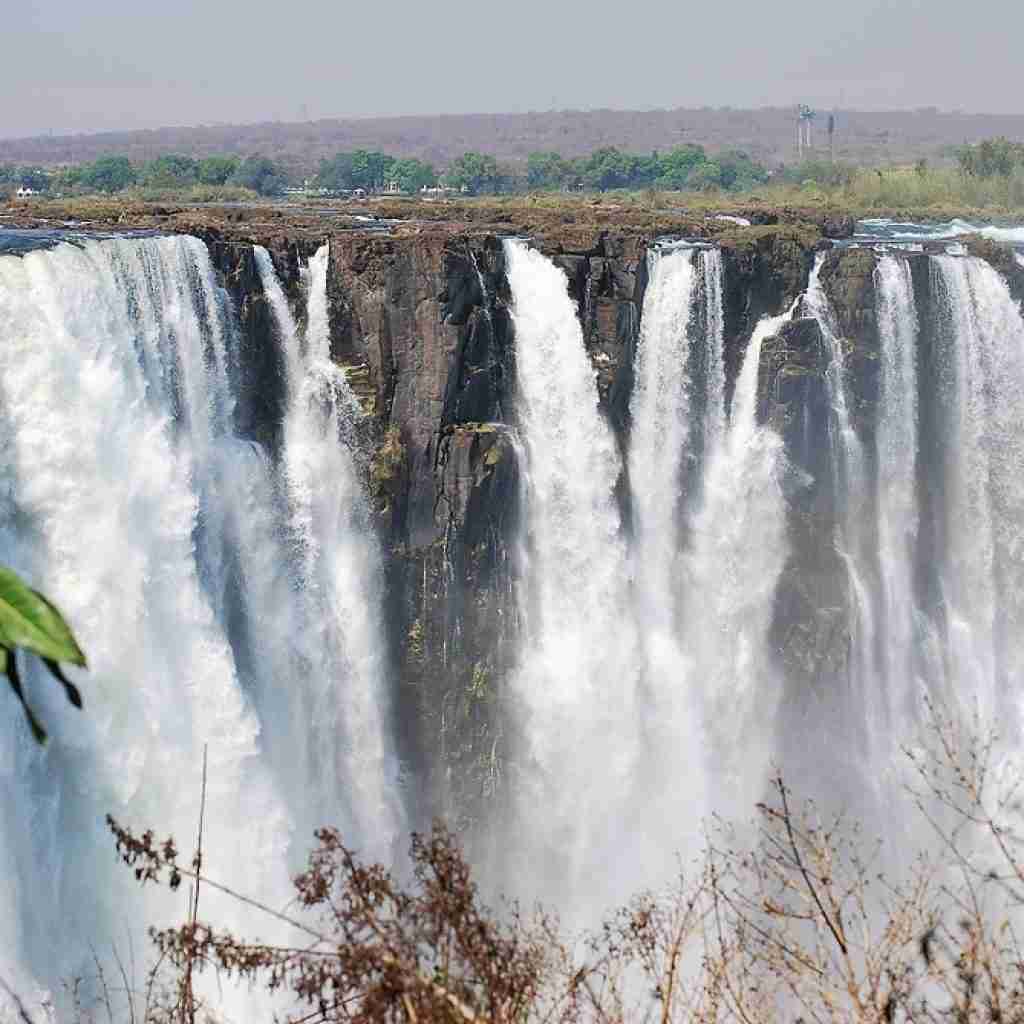
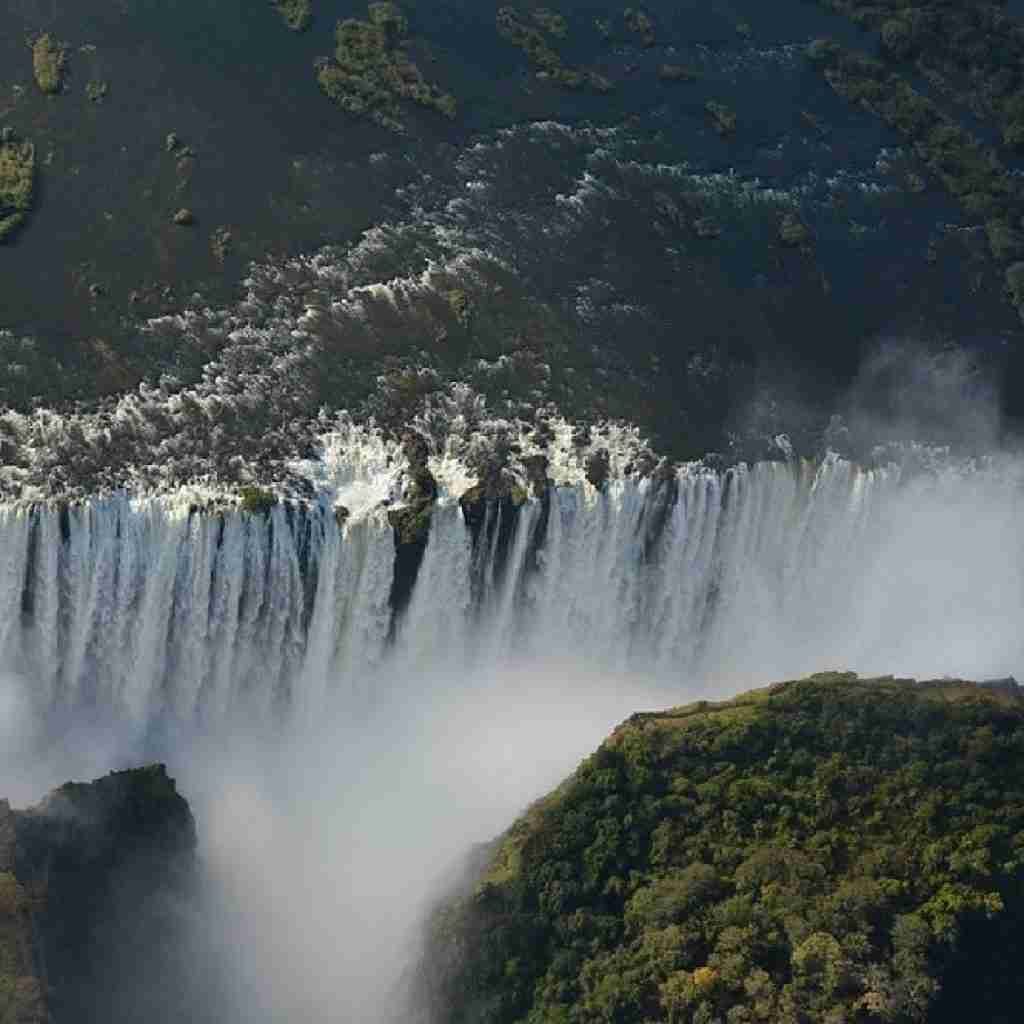
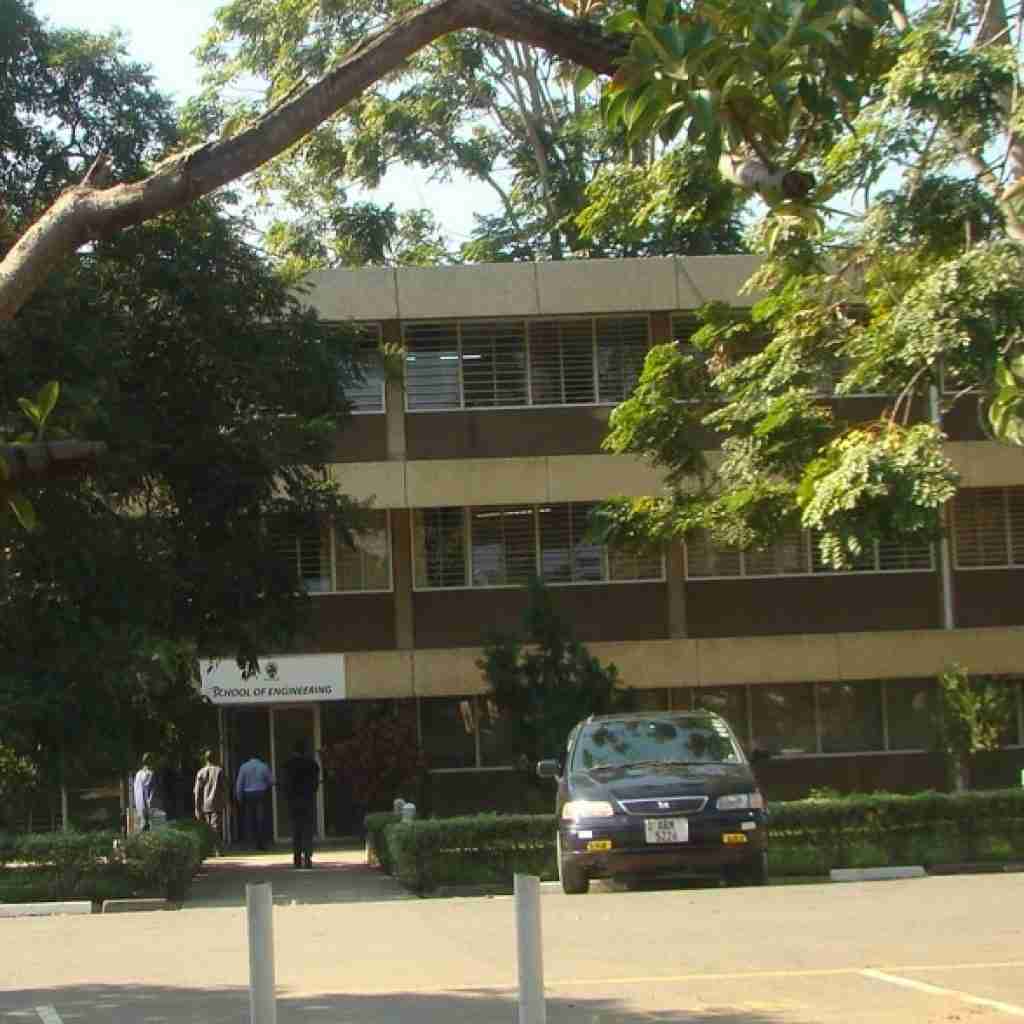

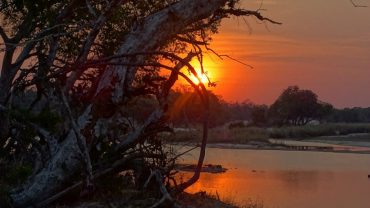
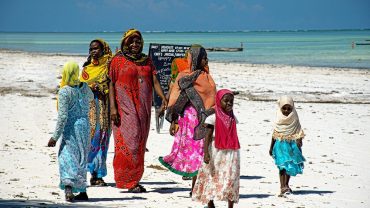
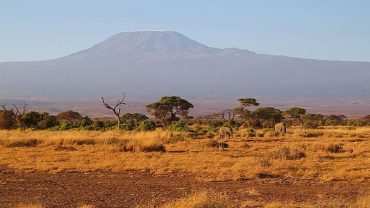
Comment (0)